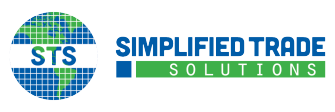A “used self-propelled vehicle” is any land-going vehicle (excludes rail and water) with its own power source in which the equitable or legal title has been transferred by a manufacturer, distributor, or dealer to an ultimate purchaser. In other words, anything you might see on the road. This includes just about any kind of car an individual might come into possession of. All of these used self-propelled vehicles, no matter the value or the country of destination, must be filed in AES.
Besides common cars and trucks, numerous vehicle types may qualify as a used self-propelled vehicle for export-filing purposes. Here is how U.S. Customs and Border protection groups them.
- Cars
- Motorcycles: includes mopeds
- Tractors: semi-trucks, tractors with power take-offs, track-laying tractors, log skidders
- Buses
- Goods transporters: includes dump trucks
- Special purpose equipment: concrete mixers, fire trucks, mobile drilling derricks, some mobile cranes
- Heavy lifting and construction: fork-lifts, bulldozers, scrapers, shovel loaders, snowplows
- Agricultural machinery: riding mowers, haying machines, balers, harvesters
- Other: motor homes, snowmobiles, golf carts
AES requires extra information, such as VIN or serial number, when filing these types of vehicles. And whereas most export shipments require you to file only two hours in advance of reaching the port, the rule is 72 hours for exports of used self-propelled vehicles.
See here for more information on exporting vehicles.
Contact us and we can help with the complexities of filing an export in AES. Or you can use our online form to get an AES ITN for personally-owned vehicles going to Canada.
